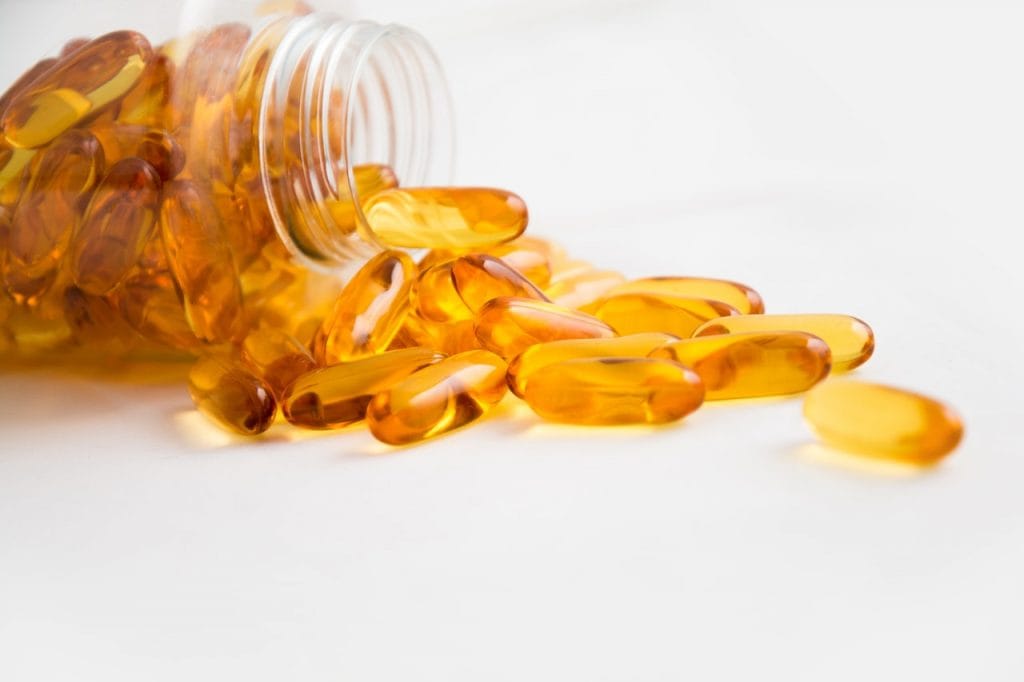Do Pharmaceutical Products Need Colour?
Sometimes, the only bright spot on the day you fall ill is that the medication looks and tastes good. Pharmaceutical colours like white, blue, red, yellow, green and brown are widely used in medications and are made up of natural pigments or synthetic substances.
There are different reasons why pharmaceutical products are given colours. However, the primary reason for this is for its organoleptic property or to make it more appealing to the consumers’ sense of sight, smell, taste, and touch. Along with pharmaceutical colouring agents, the pharmaceutical preparations are also formulated with flavours of various fruits and herbs to make them more attractive to the consumer’s senses.
Benefits of Pharmaceutical Colours
In addition to making the pharmaceutical products more appealing, pharmaceutical colouring agents have a few other benefits:
- Patients are generally more willing to take medicines that are of certain colours over others. The colour of the medication can help to calm the patients down, especially children.
- Every pharmaceutical medication enjoys a distinct colour, size and shape. This helps to differentiate the medication effectively and to avoid counterfeiting of medication.
- Attractive colours in pharmaceutical products make them attractive for use in advertisement of the products.
Also read: Trending Project Topics for Students
3 Common Colours Used in Pharmaceutical Products
Like many other industries that use colour, the pharmaceutical industry uses dyes and pigments as colorants for their products. Oxides, lakes and non-synthetics are the pigments that are commonly used in the pharmaceutical industry.
1. Titanium dioxide – White in colour, titanium dioxide is an odourless and tasteless substance that is extensively used in oral solid dosage form as well as in semi-solid dosage forms (as pastes and gels). There are a host of properties that make titanium dioxide a preferred pharmaceutical colouring agent and opacifier. Its opacity, inertness, protection from UV light and the finish of the resulting product make it a popular choice.
2. Ferric Oxide Red – Also known as iron (III) oxide, ferric oxide is a popular colorant used in the pharmaceutical as well as cosmetics industries. Most tablets containing iron are red in colour and this is the colouring agent used for those medications.
Aluminium Lake Colours – Due to their inherent stability and being insoluble in water, the blue aluminum lake colours are used as a colouring agent to coat tablets in pharmaceutical products. An FD&C colour, aluminum lake colours are FDA approved safe and have stability. They are commonly used by the food, pharmaceutical and cosmetics industries.
3. Non-Synthetic Colours – Much more expensive than the other colours, the non-synthetic colours cannot be commonly used in pharmaceutical products as it would bring up the cost of the medication. Also, the pigments have a limited range of colours so they cannot be used extensively. This is why pharmaceutical companies prefer to use synthetic colours and dyes that conform to the regulations of the safety of the relevant country where the product is being consumed. The norms of various countries are different as regards coloring agents and pharmaceutical companies are required to adhere to the specifications of each of the countries.







